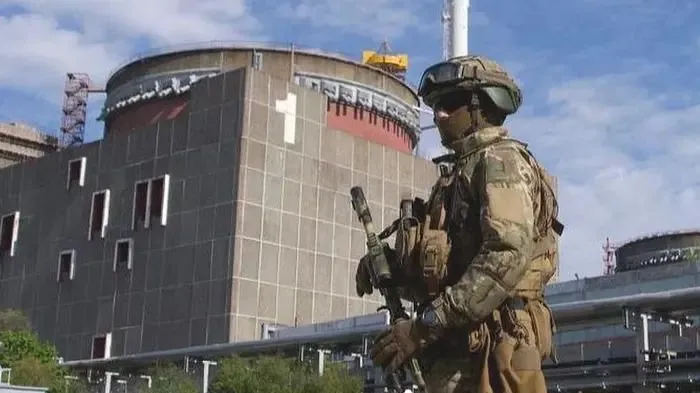IAEA cannot control safety at ZNPP – Greenpeace
International regulatory authorities cannot properly monitor safety at the Ukrainian Zaporizhzhia Nuclear Power Plant (ZNPP) seized by the Russian occupiers. Thus, there is a risk of "normalization" of the dangerous nuclear crisis at the plant.
This is reported with reference to a report by the Greenpeace organization.

This critical dossier was sent by Greenpeace to Western governments on Thursday, September 28.
The environmental campaign group has concluded that the International Atomic Energy Agency (IAEA) has too few inspectors at the Zaporizhzhia NPP - only four, despite the fact that their access is subject to many restrictions imposed by the Russian invaders.
The Greenpeace report also claims that the IAEA is "unable to fulfill the requirements of its mandate", but the Agency is not ready to admit this publicly. As a result, violations of the plant's safety principles by the Russians, which are recorded by IAEA experts, are not exposed.
"The IAEA reporting risks normalizing what remains a dangerous nuclear crisis, unprecedented in the history of nuclear power, while exaggerating its actual influence on events on the ground," Greenpeace nuclear energy experts said.
At the same time, based on satellite imagery, the analysts said there was evidence that the occupiers had built firing points on the roof of four reactor halls. Traces also found from above show that the invaders regularly launch Grad or Smerch MLRS at Ukrainian targets from various points at a distance of 1 to 18 km from the plant.
As the experts point out, Russian troops are also likely to "use the proximity of the nuclear power plant as a shield" to deter counter-battery fire. They emphasize that this is a violation of the five IAEA security principles announced by its Director General Rafael Grossi at a meeting of the UN Security Council in May.
The IAEA declined to comment directly on the Greenpeace report, but emphasized that inspectors have been on site since September 2022, and without their presence, "the world would not have an independent source of information about Europe's largest nuclear power plant."
According to the IAEA, all six of its reactors are shut down, and concerns about whether there is enough water for cooling after the Russian occupiers breached the dam at Nova Kakhovka in June have been eased by drilling new wells.
Author – Anastasiya Glotova, 28/09/2023



































































































